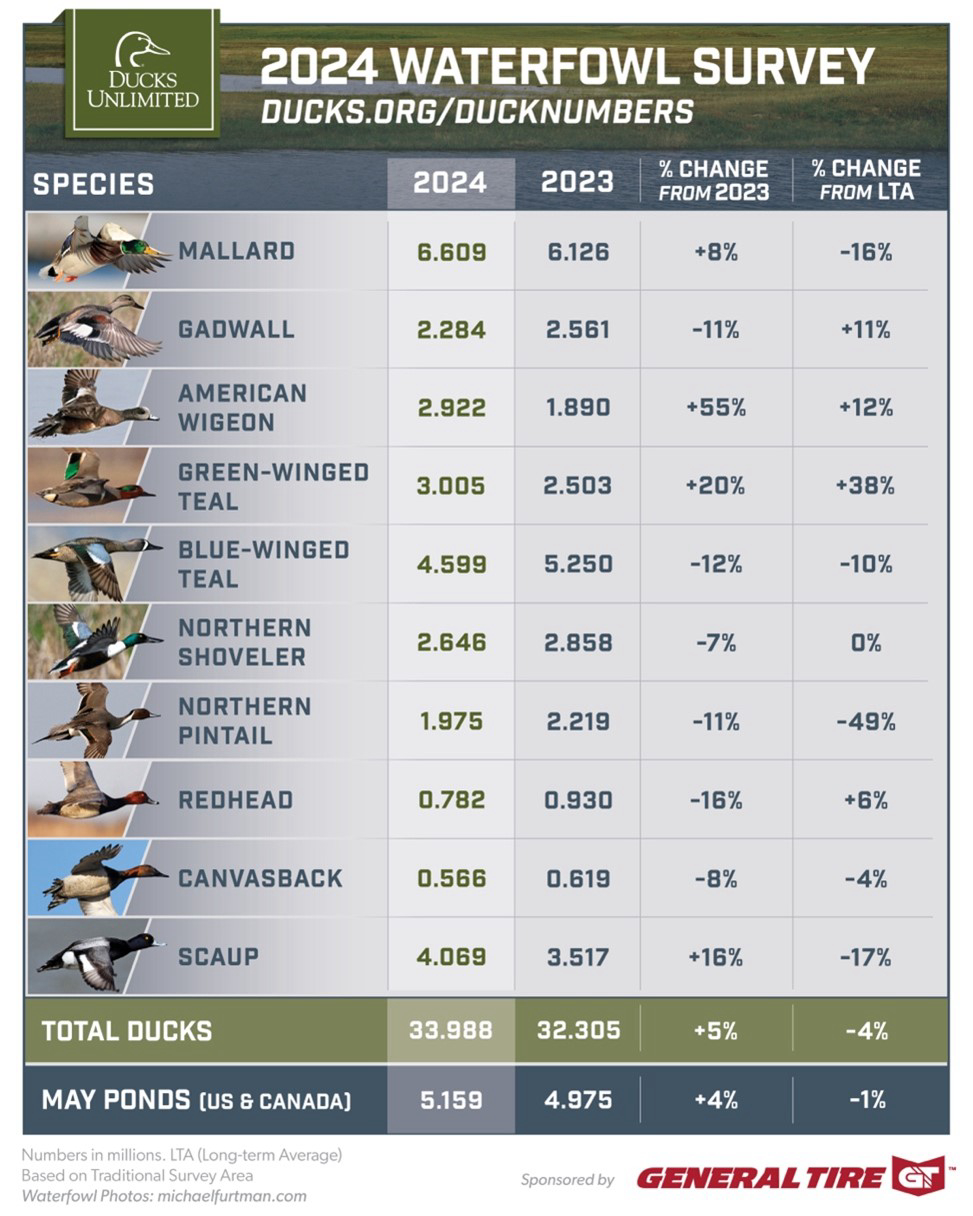MI DNR monitors waterfowl populations from the sky

Earlier this year, Department of Natural Resources staff took to the sky in small aircraft to observe and count ducks, geese and swans on southern Michigan waterways. DNR Wildlife Division staff observed 148,521 ducks, 49,840 geese and 5,103 swans in 2017’s survey.
In the 2016 survey, 157,028 ducks, 33,468 geese and 5,896 swans were observed. Goose observations increased in 2017, while duck observations were down about 5 percent and swan observations down 13 percent.
Though duck observations were slightly down, biologists believe that duck populations in Michigan are stable. The 5-percent decline can be attributed to cold arctic blasts in late December and early January pushing birds southward, with some ducks bypassing Michigan altogether.
“The ducks were concentrated this year, with the ice cover that we had early in the winter,” said Joe Robison, DNR Wildlife Division’s Southeast Region Field Operations manager. “We did not count as many ducks in 2017’s survey, but we did see large rafts of over 40,000 canvasbacks on the Detroit River. That is always a great sight.”
Since 1991, the state of Michigan has cooperated with other states, the U.S. Fish and Wildlife Service, Canadian provinces and the Canadian Wildlife Service to conduct aerial surveys of wintering ducks and geese. This survey is commonly referred to as the Mid-Winter Waterfowl Survey.
Population estimates from Michigan, Minnesota and Wisconsin are included in estimates of mid-continent waterfowl abundance and are needed for establishing annual waterfowl hunting season frameworks for the Mississippi, Central and Pacific flyways. The Mid-Winter Waterfowl Survey has been especially important for evaluating waterfowl populations, monitoring winter migratory patterns and planning habitat management for these species.
Southeast Michigan, especially areas near western Lake Erie, the Detroit River and Lake St. Clair, is one of the most important areas in North America for migrating birds. Billions of birds migrate through this region each spring and fall. Many waterfowl species spend the winter on the open water of the lakes and rivers of southeast Michigan.






